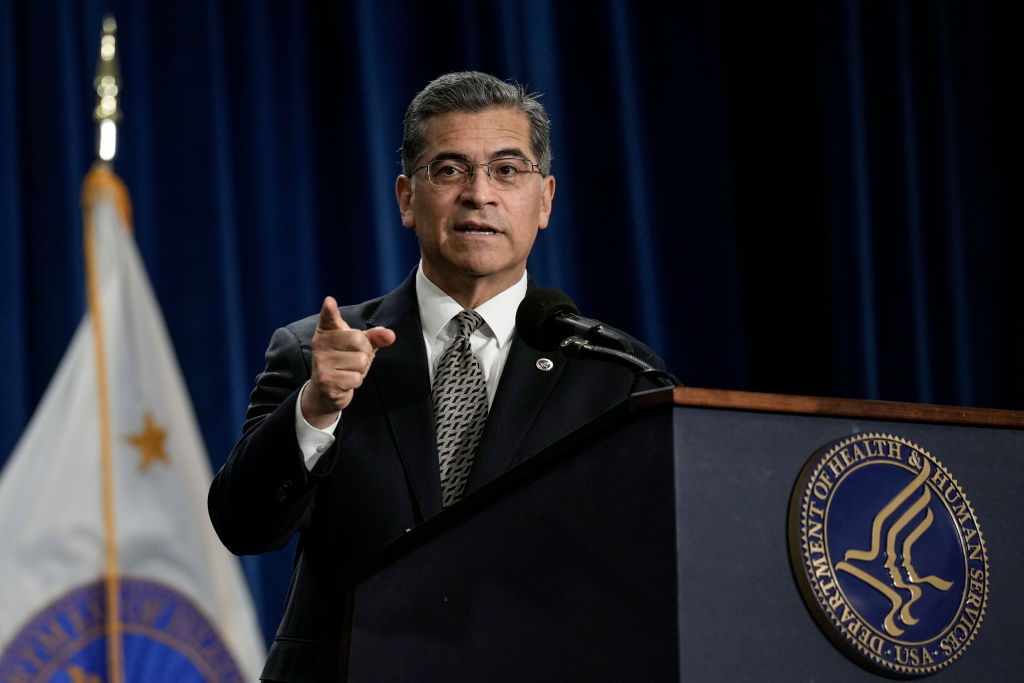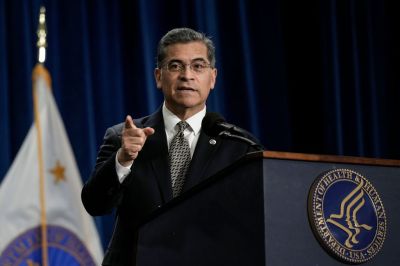President Joe Biden signed a new executive order last month to increase access to contraception and family planning services in a move coinciding with the one-year anniversary of the Supreme Court’s Dobbs abortion decision.
Its overall effect on public policy remains unclear, but the new executive order is part of a larger political tug-of-war over the only federal family planning program: Title X. The fight has escalated in recent years, with far-reaching implications for both contraception and abortion. Meanwhile, new research suggests that tweaks to the program’s cost-sharing scheme could dramatically reduce the abortion rate and save federal and state governments money—but only if Congress and the president both get on board.
What is Title X?
“It is my view that no American woman should be denied access to family planning assistance because of her economic condition,” President Richard Nixon wrote to Congress in 1969.
By then Congress had already experimented with family planning grant programs as part of the War on Poverty. Out of concern for the possibility of unequal access to the relatively new (and expensive) birth control pill, lawmakers took Nixon’s view seriously and in 1970 passed the Public Health Service Act. It included Title X, a federal grant program providing family planning and reproductive health services for uninsured and low-income people.
Costing $286.5 million annually—about 0.6 percent of the cost of Medicaid—the program grants funding to public agencies (such as state and local health departments) and thousands of nonprofit clinics across the country, serving nearly 4 million clients.
Those clients don’t necessarily know they are walking into a Title X clinic, but they have free access to a range of services—including tests for sexually transmitted infections, contraception, and prenatal care—if they are below the federal poverty line, or at a discount if not.
What role does Title X play in U.S. abortion politics?
Although Title X stipulates that “none of the funds appropriated under this title shall be used in programs where abortion is a method of family planning,” Democratic administrations have nudged the rules in a more abortion-friendly direction while Republican administrations have done the opposite.
Planned Parenthood—which offers both family planning and abortion, and promotes progressive views on sex—is the largest Title X grantee, leading to past Republican calls to “defund Planned Parenthood.” Even though the group’s abortion and family planning services are technically “separate and distinct” in terms of accounting, Republicans argue the federal funds free up more non-federal money that the organization can spend on abortion.
Attempts to cut off Planned Parenthood’s access to Title X funds have never succeeded. But in 2019, the organization withdrew from Title X in response to a Trump administration regulation prohibiting participating clinics from providing patients with abortion referrals and from offering abortions at the same location. Since the Biden administration restored pre-Trump rules in 2021, Planned Parenthood has rejoined and once again accepts Title X funds.
But Dobbs added a new wrinkle: Earlier this year, Tennessee lost access to Title X funds because state policy didn’t require Title X clinics there to comply with the reinstated abortion referral rule (abortion is now illegal in Tennessee, with limited exceptions). The Oklahoma State Department of Health recently lost funding for similar reasons.
If present trends continue, the regulatory back-and-forth could become increasingly volatile, with more clinics leaving and then rejoining Title X depending on which party controls the White House.
What could come next?
While the courts consider ongoing litigation over whether the Biden administration’s rule requiring clinics to provide referrals for abortion at a patient’s request is out of step with the intent of the law, Congress and the executive branch could work together to increase access to contraception, decrease abortions, and save the government money, some researchers say.
As part of a recent study, some uninsured women in Michigan who visited Planned Parenthood clinics were assigned a voucher for free contraception, while others paid the typical rate for their income bracket. The group that received the voucher purchased greater amounts of more effective contraception. If Congress and the executive branch were to adopt such a policy nationwide, the decline in unintended pregnancies would lead to an 8.3 percent drop in the abortion rate in the first year, the researchers estimate—a startling figure compared to the decline of only about 3 percent in the first year after the Dobbs decision. And because fewer unintended pregnancies would translate to fewer live births billed to Medicaid, the policy would more than pay for itself, saving taxpayers an estimated $1.43 billion in the first year.
The authors emphasize that their estimates are conservative “because they do not account for the fact that some unplanned pregnancies will be deferred for more than one year.” But the general thrust of the findings is clear.
“We’re talking about a couple hundred dollars for free contraception that will improve people’s lives, allow them to become parents when they desire, and also save money through the Medicaid system,” Martha Bailey, an economist at UCLA and the lead author of the study, tells The Dispatch. “It seems like an easy win for everybody.”
But putting together a coalition to actually accomplish that win may not be politically feasible.
“The evidence is very clear, but the politics is very fraught,” Bailey says.





Please note that we at The Dispatch hold ourselves, our work, and our commenters to a higher standard than other places on the internet. We welcome comments that foster genuine debate or discussion—including comments critical of us or our work—but responses that include ad hominem attacks on fellow Dispatch members or are intended to stoke fear and anger may be moderated.
With your membership, you only have the ability to comment on The Morning Dispatch articles. Consider upgrading to join the conversation everywhere.